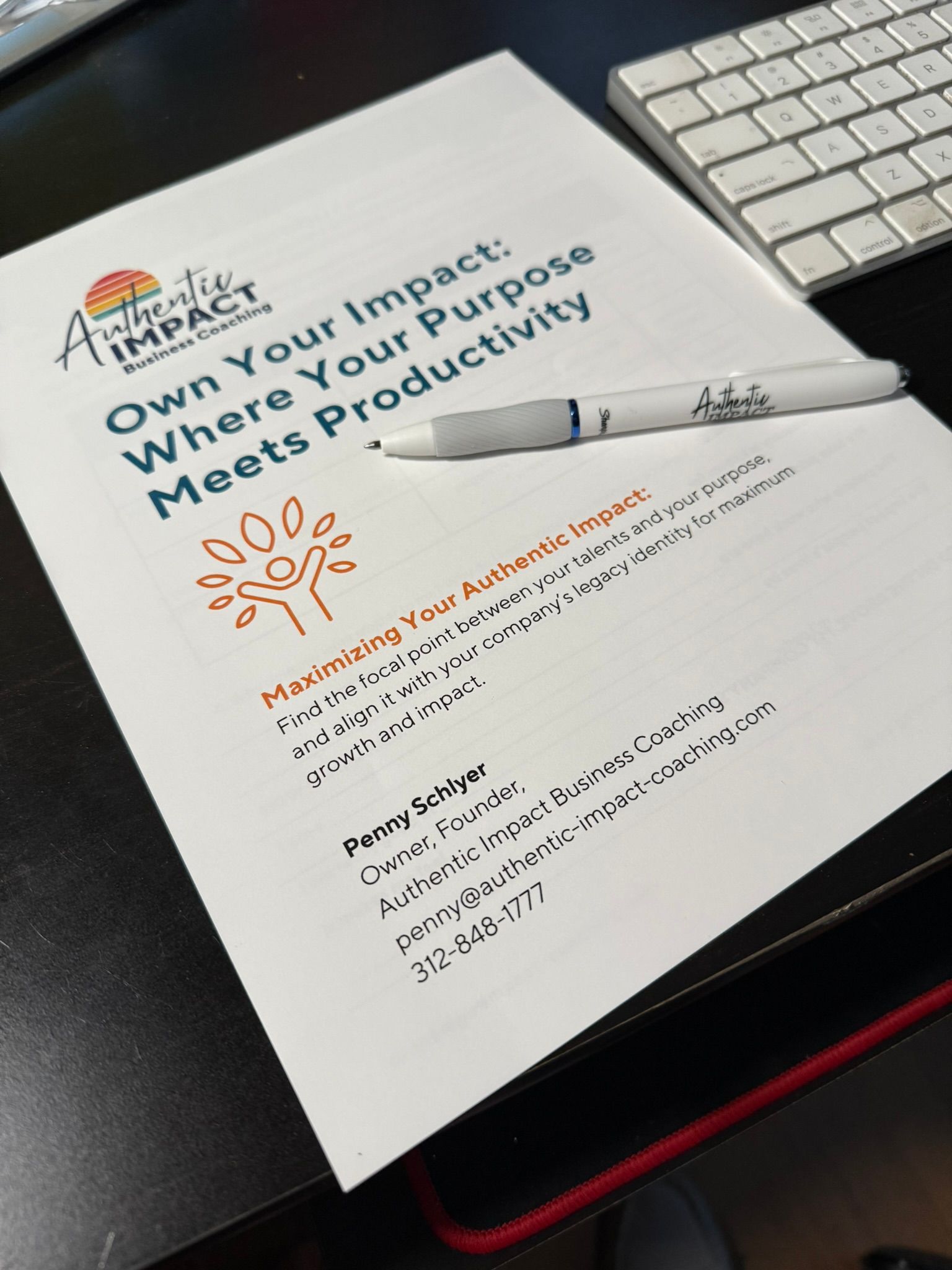Five Ways Coaching Conversations Help Secure Your Legacy
Family businesses often exist not just to make money, but to carry forward a story, a name, and a set of values. They’re built on purpose, not just performance. That deep sense of “why” that creates a long-term orientation to build something that lasts across market volatility, across leadership, and across generations.
That kind of longevity requires more than strong operations. It takes strong alignment. And that doesn’t happen by default, it happens through clear communication, shared direction, and a willingness to grow together.
Here are five practical ways family-owned businesses can take a coaching approach to build alignment, develop leadership, and strengthen their legacy:
1. Lead with Self-Awareness
If you’re preparing to pass the torch, or simply trying to get everyone on the same page, it starts with how you lead.
Navigational leaders ask:
- Am I creating clarity or confusion?
- Am I encouraging others to step up, or stepping in too much myself?
Coaching leadership is about making space for others to lead, not just making all the calls. With family, there is an extra layer of emotion, which requires an extra layer of self-control to check yourself before responding.
So the next time your instinct is to jump right in to fix things, take a step back. Take time to think about a constructive response that builds capacity in the next generation to lead.
2. Use DISC to Understand How People Work
In any business, you’ll be dealing with a mix of styles:
- Some people (HIGH D) are all about speed and results. It’s not that they don’t care about how you feel, well actually, in the context of work, they don’t care about feelings. They care about outcomes.
- Others (HIGH I) are connectors. They bring energy to the room. They are full of optimism and are great sources of energy, but they can also get distracted by the opportunity for innovation and get off track from top priorities.
- Some (HIGH S) value routine and consistency. They are the ones who stay calm when things go sideways. They also can be resistant to change and be perceived as aloof and disconnected. This is just a protective response to stress, it’s not personal.
- Others (HIGH C) want data and precision before making a move. If you need concrete facts and in-depth analysis, the C’s are your best friends. However, they may get stuck in analysis paralysis and need more than a little nudge to make the final decision.
Everyone has a stress response that impacts communication and behavior. Ever heard of the four stress responses? Fight, Flight, Freeze, and Appease. These very much align with DISC profiles. Can you guess which stress response aligns with each DISC profile?
DISC helps you see these differences without judgment. The key is to work with them, not against them to get the best outcomes.
3. Talk About What’s Next
Sometimes what feels like tension is really just uncertainty and a lack of direction. Taking a coaching approach to your conversations helps shift focus from day-to-day tasks to envision the long-term goals.
Ask yourself, ask your successors:
- “Does what you’re doing now contribute to the longer-term direction for the company?”
- “What do you see as your role in the future of the company, and what competencies do you need to fulfill that role?”
- “What’s one thing we should align on to keep moving forward?”
Taking a long-term view helps align leaders and the family. It’s not about getting philosophical, it’s about getting practical, and making progress together.
4. Reconnect to the Core Promise
Every family business was built on a set of values and the founder’s intent to do things better. Maybe it was doing right by customers, taking care of employees, disrupting an industry, or building something safe and reliable.
The founder’s original intent is the essence of the company - the core promise. It’s not just history; it’s a tool. The core promise is the energy that made the company successful and the glue that keeps it aligned. It defines how people work together, make decisions, and lead.
In a family business, that promise carries emotional weight. It’s not abstract. It’s personal. When conversations get tricky, especially with family, use the core promise as your north star. It gives you common ground when emotions run high and agendas diverge.
5. Invest in Leadership Skills
Training up the next generation isn’t just about passing down technical skills. It’s about building judgment, presence, and confidence, especially in the context of legacy and responsibility. In family businesses, this matters more. You’re not just preparing someone for a role. You’re shaping a future leader who might carry your name and your legacy forward.
Planning for your succession takes years and intentionality.
Coaching conversations are one of the best tools for this. They’re informal, repeatable, and relationship-driven. They allow you to challenge and support at the same time. Instead of handing down wisdom or correcting mistakes, you’re helping someone think clearly, grow steadily, and own their impact. That’s leadership development, family-style.
Closing Thought:
Legacy is built through thought-provoking conversations, day after day, year after year. If you want your family business to thrive across generations, don’t just manage the business. Lead the people. Coach the next generation. Create space for shared ownership of the future.
Start with one real conversation this week. Ask a meaningful question. Listen without fixing. And see what opens up.
Where will you start? Schedule a quick call to discuss some ideas.











